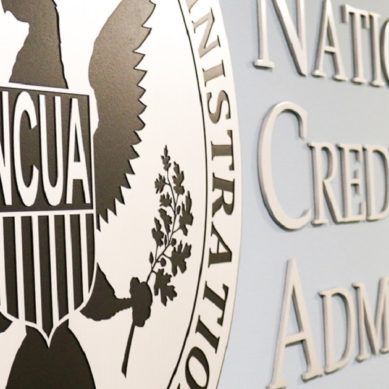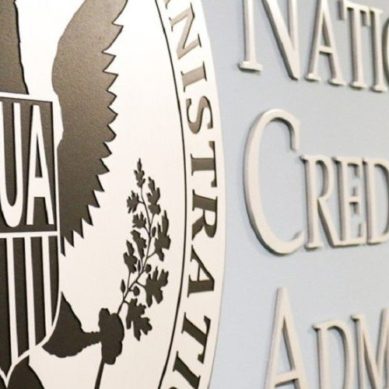This article first appeared on CUCollaborate
The NCUA’s equity ratio dropped to 1.25% as of the end of March, but agency board members said Thursday there is no need to panic.
Board Chairman Todd Harper said at this month’s meeting that despite various challenges facing the agency, “the credit union system currently remains well-capitalized, stable, and well-positioned to handle a broad range of economic possibilities.”
While not mentioning recent bank failures, Harper said that people should remain confident their insured deposits at federally insured credit unions are safe.
And NCUA CFO Eugene Schied added that the agency’s equity ratio normally drops each March and then rebounds by the end of the year.
The NCUA has established 1.33% as its Normal Operating Level and at the end of 2022, the equity ratio was 1.30%.
Reaction from board members
“This decline in the equity ratio is typical as the industry does see elevated insured share growth in the first half of the year,” Harper said. “But, if insured shares grow by less than anticipated, we might actually have a higher equity ratio.”
Board Vice Chairman Kyle Hauptman agreed.
“A decline in the projected equity ratio is typical in the first half of the year and does not reflect an increase in credit union failures,” he explained. “Instead, we have seen strong credit union share growth and, thus far, we’ve seen no significant movement of deposits out of credit unions.”
Board member Rodney Hood compared the NCUA model with those of other banking regulators.
“Our public financial postings and disclosures and credit union performance highlight the unique character of the cooperative system—a system that was the basis for rejecting the FDIC premium models in years past, and still in use today, and designing a uniquely cooperative approach,” he said. “The credit union system is a unique financial system, and our regulatory and NCUSIF framework should reflect this.”
Proposed rule approved
The board also approved a proposed rule that would add war veterans’ organizations to the definition of a “qualified charity” a federal credit union may contribute to using a charitable donation account.
The proposed rule also asks commenters if there are other groups that should be added to the list of qualified charities.






























































chip+filson#1
I believe the 1.25 was a forecast for the end of June 2023, not an actual outcome. As of March the fund retained earnings divided by insured shares was 28.8 basis points, down just a bit from the 29.1 ratio at December. If you put the 1% required insured share deposit in front, you have the funds actual financial strength at March 2023: 1.288. If you want to make your own forecast using your judgments about share growth and losses, here is a spread sheet that automatically calculates the yearend forecst at this link: https://docs.google.com/spreadsheets/d/1eAZN2CjyNkgu9bfuUXIF1xmFPBwLvAio/edit#gid=2118513014